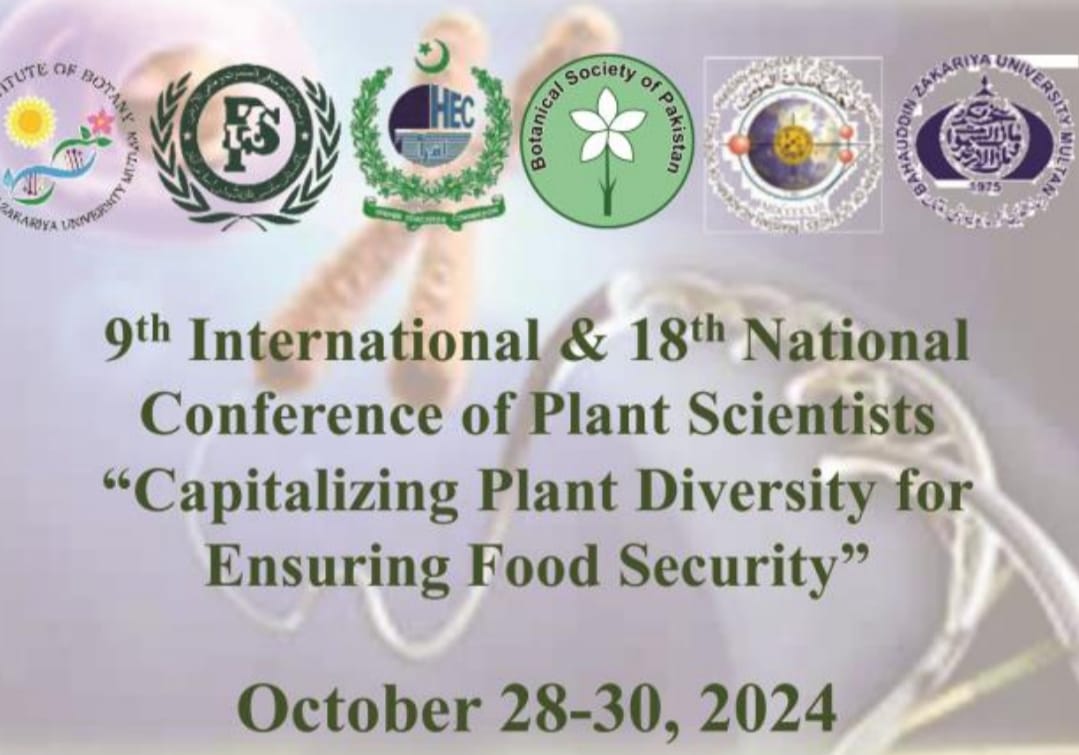
PJB-2025-263
PLANT BIODIVERSITY AND SPECIES DISTRIBUTION PATTERN OF THE KOH-E-SULAIMAN RANGE, PUNJAB PROVINCE PAKISTAN: A MULTIVARIATE APPROACH
MUHAMMAD SAJJAD
Abstract
Studies on the flora and vegetation augment the understanding of diversity, species surrogacy, phytoclimatic relationship and conservatory measures of ecological systems. The current paper elaborates the outcomes of floristic and ecological research conducted in the Koh-e-Sulaiman range of Dera Ghazi Khan Punjab province of Pakistan. Quadrat method was employed with plot size 1m x 1m, 5m x 5m, trees 10m x 10m for herbs, shrubs and trees respectively. The collected were subsequently analyzed using PCORD and CANOCO computer packages. A total of 124 plant species were identified, belonging to 102 genera and 43 families. Family Poaceae (19 species), Fabaceae (16 species), and Asteraceae (11 species) showed maximum floristic presentation. Mountain slopes exhibited the highest species richness (48.38%), followed by hilly areas (32.25%) and deserts (19.35%). Comparatively, herbaceous plants were comparatively prevalent (53.22%) than shrubs (32.25%) and trees (14.51%). In life-form analysis hemicryptophytes (28.22%) and therophytes (25.80%) were leading groups. The vegetation extended across a broad elevational range (125-1900 m) with highest diversity between 100-1000m. Regarding species abundance, 39.51% were categorized as common, 8.87% as very common, 37.09% rare, while 13.70% were considered very rare. Phytogeographic analysis revealed Saharo-Sindian and Irano-Turanian taxa to be common with 30 and 25 species respectively. Cluster analysis identified three main plant communities i.e., Dactyloctenium-Aerva-Acacia community, Saccharum-Nerium-Salvadora community and Eragrostis-Neltuma-Eucalyptus community. Multivariate statistical techniques described significant relationships between plant distribution and environmental variables. The distribution of plant species in the study area was notably influenced by soil-related factors like pH and nutrient levels, as well as topographical features such as changes in elevation. This study will provide an insight into the species diversity and vegetation dynamics of the region. Deeper understanding of regional phytodiversity and vegetation dynamics is crucial for effective environmental management and the conservation of biological diversity.
To Cite this article:


